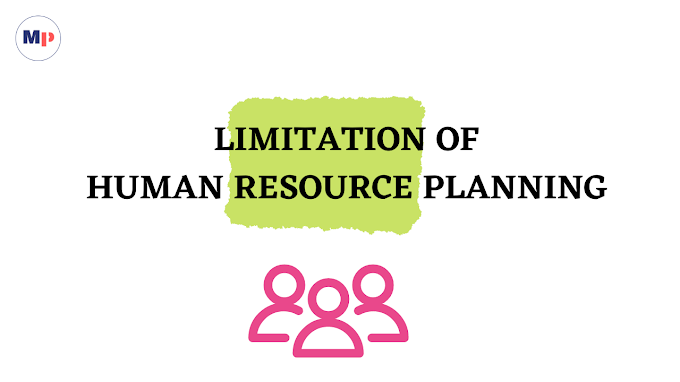Introduction
- Conducting business today is highly challenging as it involves forecasting, planning, organizing, instructing, coordinating, and controlling.
- Success in business basically depends upon skills in communication.
Meaning of Communication
Communication has been derived from the Latin word ‘Communis’ which means ‘Common’. In its application, it means a common ground of understanding.
Communication is a process involving the sorting, selecting, and sending of symbols in such a way as to help the listener perceive and recreate in his own mind the meaning contained in the mind of the communicator.
Definitions
“Communication is an exchange of facts, ideas, opinions, or emotions by two or more persons”.
W.H. Newman and C.F. Summer-
“Communication is the transmission and interchange of facts, ideas, feelings, or course of action”.
Leland Brown –
“Communication is the process of meaningful interaction among human beings. It is a process by which, meanings are perceived and understandings are reached among human beings .”
McFarland-
Essentials of Good Communication
- Clarity: There should be clarity of ideas, facts, opinion, feelings and emotions in the mind of the sender.
- Information: First collect relevant information and be well informed about the message.
- Completeness: The Subject matter must be adequate and full, as limited information or limited understanding may lead to miscommunication.
- Emphasis on Attention: In order to make the message effective, the recipient’s attention should be drawn to the message communicated. Each one is different in behaviour, sentiments and emotions, which determine the degree of attention. For this purpose, the superior must note that he himself should not expect from his subordinates what he himself does not practice. So, a manager cannot enforce punctuality if he himself is not punctual: Actions speak louder than words.
- Consistency: One communication should not conflict with the previous communication. Consistency can be achieved if the communicator keeps in mind the broad objective, policies, and agendas of the organization.
- Integration: Communication should be aimed at motivating people to take action as agreed upon. In this process, The superiors reply upon the subordinates and under the assumption that their integrity possessed by the subordinates. No communication may evoke a response from the subordinates if their integrity is doubted. The superiors should trust the subordinates, accept their viewpoints and never doubt their intention, in executing the task entrusted to them.
- Accuracy: The communication medium should ensure accuracy in the transmission of messages. There is no logic in having a system that is cheap but faulty in transmitting messages. Hence, written communication is desirable as words are spoken are liable to be misheard.
- Timeliness: All messages should be transmitted at the proper time. Any delay in communicating message serves no purpose except to make them nearly historical document as it losses its importance after some time.
- Positive approach: Yet another requirement for effective communication is its positive approach and the right mental attitude.
- Feedback: The last but yet the most important principle to effective communication is to obtain the feedback from the receiver. Feedback is a process to ascertain whether or not the receiver properly understood the message.





